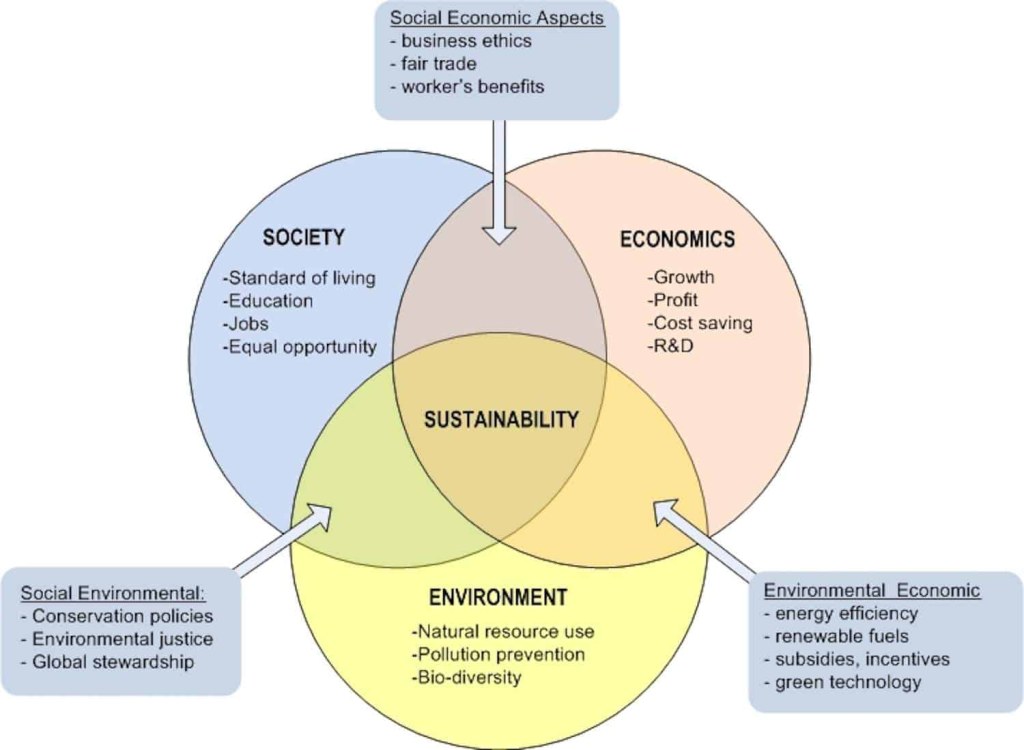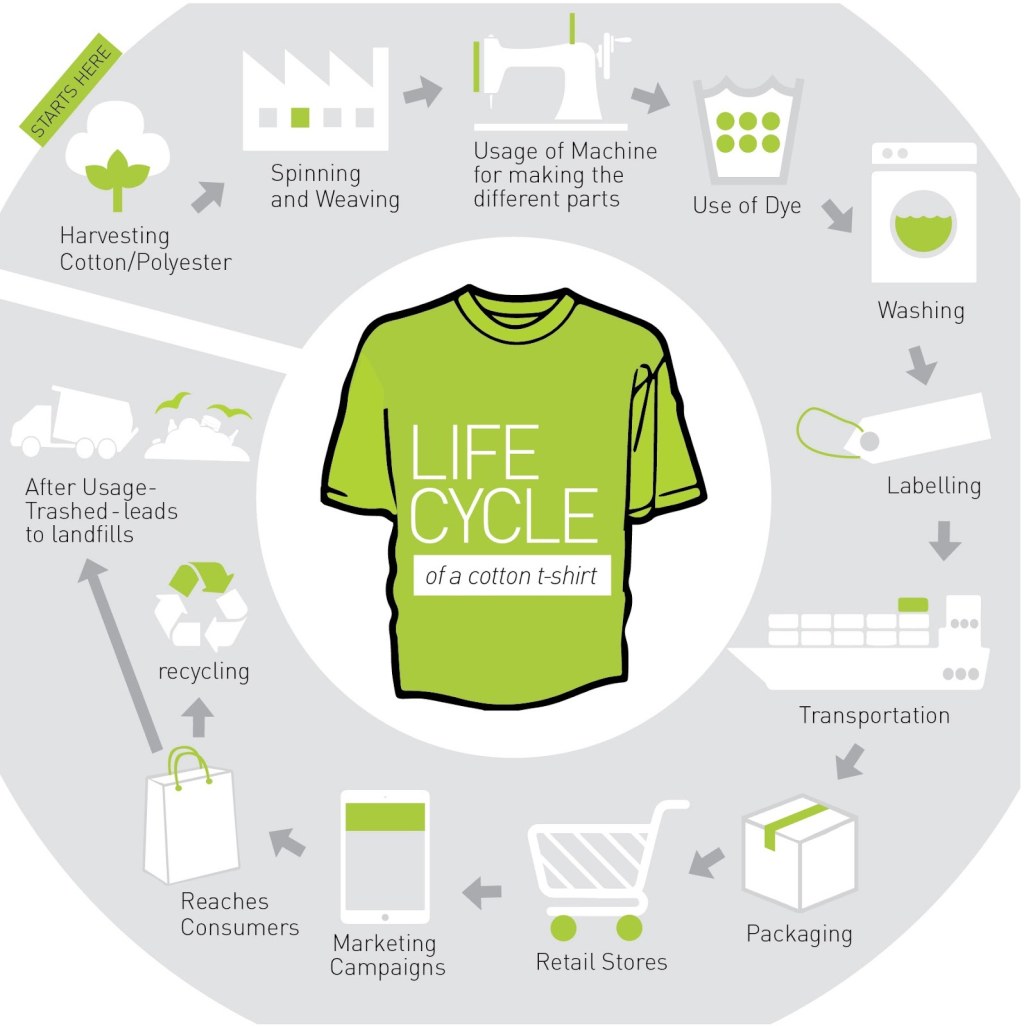Empowering Students Towards Sustainable Living: Unlocking The Key To A Better Future
Sustainable Living for Students
Growing concerns about climate change and the need for sustainable practices have prompted many individuals, including students, to adopt a more eco-friendly lifestyle. Sustainable living for students not only contributes to a healthier environment but also promotes personal well-being and financial savings. In this article, we will explore the concept of sustainable living and provide practical tips for students to embrace this lifestyle. So, let’s dive in!
What is Sustainable Living?
Sustainable living refers to a lifestyle that reduces an individual’s ecological footprint by making conscious choices that prioritize the environment and future generations. It involves adopting practices that minimize resource consumption, waste generation, and carbon emissions. Sustainable living encompasses various aspects, including energy and water conservation, waste management, sustainable transportation, and ethical consumption.
3 Picture Gallery: Empowering Students Towards Sustainable Living: Unlocking The Key To A Better Future



Energy Conservation
Energy conservation plays a crucial role in sustainable living. Students can reduce their energy consumption by turning off lights and electronics when not in use, utilizing natural lighting during the day, and using energy-efficient appliances. Additionally, using renewable energy sources such as solar panels can significantly contribute to a sustainable lifestyle.
Water Conservation
Conserving water is another important aspect of sustainable living. Students can reduce water wastage by taking shorter showers, fixing leaky faucets, and reusing water whenever possible. Installing low-flow showerheads and toilets can also help minimize water consumption.
Waste Management
Managing waste effectively is essential for sustainable living. Students can practice recycling by separating recyclable materials from general waste. Composting organic waste, such as food scraps, can also reduce the amount of waste sent to landfills. Additionally, reducing single-use items like plastic bottles and bags can make a significant impact.
Sustainable Transportation

Image Source: sustainablejungle.com
Transportation is a significant contributor to carbon emissions. To promote sustainable living, students can opt for eco-friendly transportation options such as walking, cycling, or using public transportation. Carpooling with classmates or investing in electric vehicles are also sustainable alternatives.
Ethical Consumption
Ethical consumption involves making conscious choices about the products we buy. Students can support sustainable living by choosing products that are environmentally friendly, ethically produced, and have a minimal carbon footprint. Prioritizing local and organic products can also contribute to a more sustainable lifestyle.
Who Can Adopt Sustainable Living?
Sustainable living is a lifestyle choice that anyone can adopt, including students. Regardless of age or financial situation, students have the power to make a positive impact. By embracing sustainable practices, students can become environmental stewards and inspire their peers to do the same. Sustainable living is not limited to any specific group but can be adopted by individuals and communities worldwide.
When Should You Start?
There is no better time to start living sustainably than now. As students, adopting sustainable practices can be beneficial in the long run. By starting early, students can develop habits that will benefit them throughout their lives. The sooner sustainable living is embraced, the greater the positive impact it can have on the environment and future generations.
Where Can You Practice Sustainable Living?
Sustainable living can be practiced anywhere, including college campuses and student accommodations. Students can implement sustainable practices in their daily routines, such as conserving energy and water, recycling, and using eco-friendly transportation options. Creating a sustainable living environment within college campuses and student communities can further amplify the positive impact.
Why is Sustainable Living Important for Students?

Image Source: oakridge.in
Embracing sustainable living is crucial for students for several reasons. Firstly, it allows students to contribute to a healthier environment by reducing their ecological footprint. Secondly, sustainable living promotes personal well-being by fostering a connection with nature and encouraging healthier lifestyle choices. Lastly, it helps students save money in the long run through reduced energy and water bills and by prioritizing conscious consumption.
How to Adopt Sustainable Living as a Student?
Adopting sustainable living as a student can be achieved through small but significant changes in daily habits. Some practical tips for students include:
1. Reduce energy consumption:
Use energy-efficient appliances, turn off lights and electronics when not in use, and utilize natural light whenever possible.
2. Conserve water:

Image Source: googleusercontent.com
Take shorter showers, fix leaky faucets, and reuse water when feasible. Install water-saving devices like low-flow showerheads and toilets.
3. Practice waste management:
Separate recyclable materials, compost organic waste, and reduce the use of single-use items like plastic bottles and bags.
4. Choose sustainable transportation:
Opt for walking, cycling, or using public transportation. Carpool with classmates or consider investing in electric vehicles.
5. Embrace ethical consumption:
Choose environmentally friendly and ethically produced products. Prioritize local and organic options whenever possible.
6. Educate and inspire others:
Spread awareness about sustainable living among peers and encourage them to adopt eco-friendly practices. Organize events and initiatives that promote sustainability.
Advantages and Disadvantages of Sustainable Living for Students
Advantages:
1. Environmental Impact: Sustainable living reduces carbon emissions, conserves resources, and protects the environment for future generations.
2. Personal Well-being: Embracing sustainable practices promotes a healthier lifestyle, fosters a connection with nature, and enhances overall well-being.
3. Financial Savings: By reducing energy and water consumption, students can save money on utility bills. Additionally, prioritizing conscious consumption can lead to long-term financial benefits.
Disadvantages:
1. Initial Costs: Implementing sustainable practices might require an upfront investment, such as purchasing energy-efficient appliances or installing renewable energy sources. However, the long-term savings often outweigh the initial costs.
2. Limited Accessibility: Depending on the location, access to sustainable resources and options may be limited, making it challenging for students to adopt certain practices.
3. Resistance to Change: Some students may be resistant to change or find it difficult to break old habits. Overcoming inertia and embracing sustainable living may require patience and persistence.
Frequently Asked Questions (FAQs)
1. Can sustainable living be affordable for students?
Yes, sustainable living can be affordable for students. Many sustainable practices, such as reducing energy and water consumption, can lead to long-term financial savings.
2. How can students practice sustainable living in college dorms?
Students can practice sustainable living in college dorms by conserving energy and water, recycling, and using eco-friendly products. They can also encourage their dorm communities to implement sustainable initiatives.
3. Is sustainable living only about the environment?
No, sustainable living encompasses various aspects, including environmental, social, and economic factors. It involves making conscious choices that prioritize the well-being of the planet and future generations.
4. Can sustainable living make a significant impact?
Yes, sustainable living can make a significant impact when adopted collectively. Small changes in individual lifestyles can lead to a collective shift towards a more sustainable and eco-friendly society.
5. How can students inspire others to adopt sustainable living?
Students can inspire others by leading by example, organizing awareness campaigns, sharing information and resources, and encouraging community engagement in sustainable practices.
Conclusion
Embracing sustainable living as students is not only beneficial for the environment but also for personal well-being and financial savings. By adopting practices such as energy and water conservation, waste management, sustainable transportation, and ethical consumption, students can make a positive impact and inspire others to do the same. Start small, but start now, and let’s create a sustainable future for ourselves and future generations.
Remember, the choices we make today will shape the world we live in tomorrow. Together, we can make a difference!
Final Remarks
Living sustainably as students may present challenges, but with determination and conscious effort, it is achievable. While the information presented in this article provides a comprehensive overview of sustainable living for students, it is important to continue learning and adapting sustainable practices to suit individual circumstances and the ever-changing world around us. Let’s embrace sustainable living and become catalysts for positive change. Together, we can create a greener and more sustainable future.
This post topic: Idensr Lifestyles